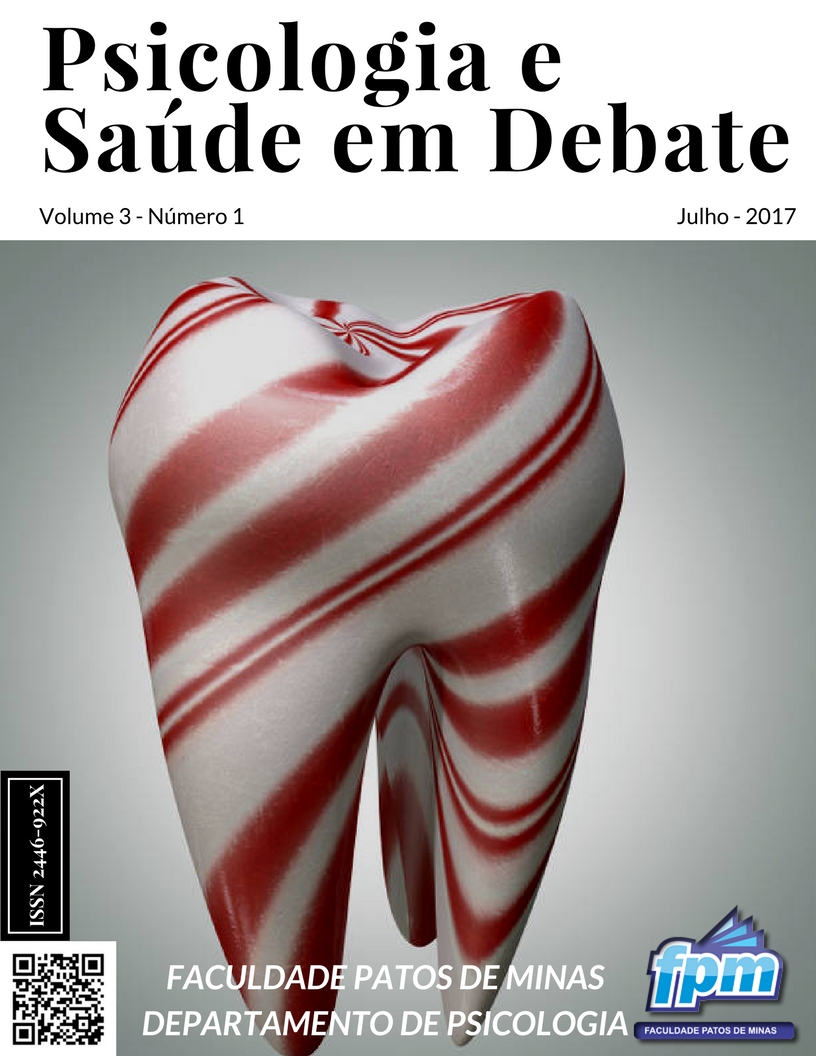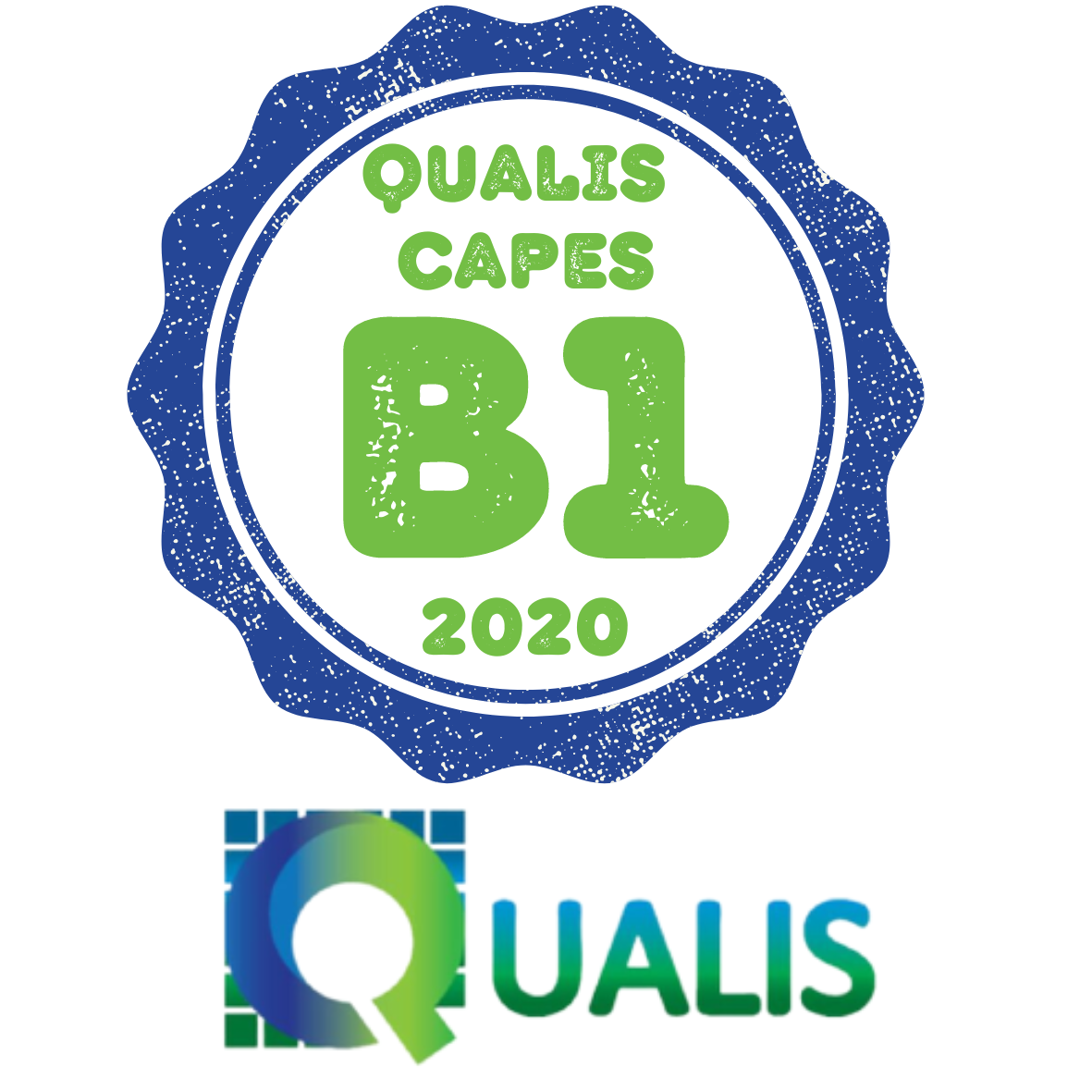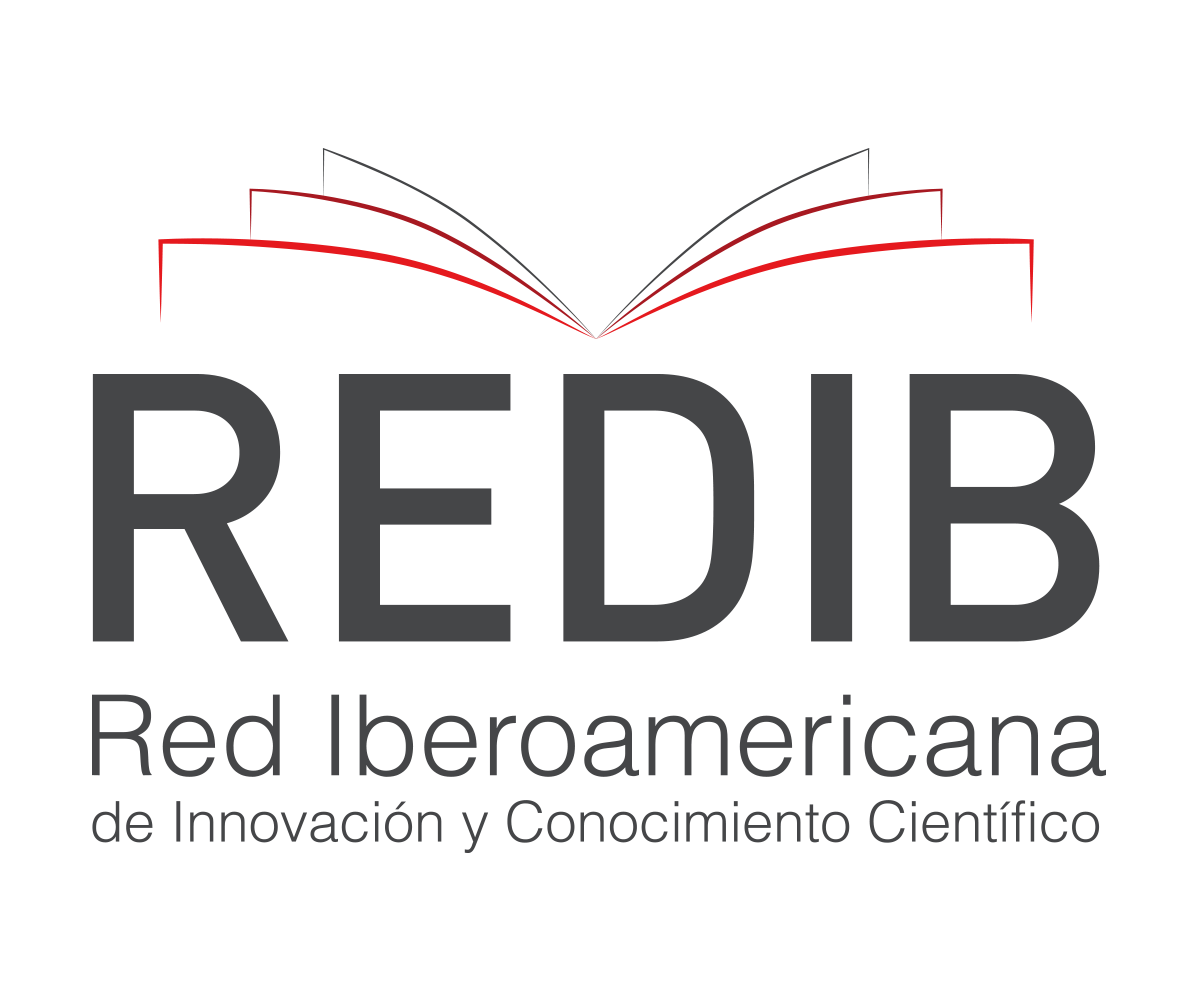RELAÇÃO ENTRE BISFOSFONATO E PERIIMPLANTITE: Uma revisão sistemática de literatura
DOI:
https://doi.org/10.22289/2446-922X.V3N1A1Keywords:
Peri-implantite, bisfosfonato, implantes dentaisAbstract
Bisphosphonates are bone resorption and potent osteoclast inhibitors medicine, which has been considered the best choice therapy in diseases affecting bone metabolism. The aim of this study is analyze the relationship between bisphosphonate therapy and peri-implantitis in patients who were rehabilitated with implants. The methodology used in this study was a qualitative systematic review of the analytical type. For the bibliographic research, the database (PubMed - National Library of Medicine US) was used between August of 1966 and August of 2016, being selected 28 articles. In the data analysis, eight articles were found that showed a diagnosis of osteonecrosis mandibular associated with bisphosphonates, intraoral necrotic bone exposure, number of implants and follow-up, showing some variables such as absence of evidence of bone loss or peri-implantitis with osteonecrosis around implants dental procedures. The results of the research indicate that not only the surgical intervention of a dental implant, but the implant itself, seems to be a continuous risk factor for the development of osteopathology. With oral administration, after a few weeks of ingestion, adequate levels of inhibition of bone resorption may be observed. According to several studies, dental procedures are one of the risk factors for the development of osteonecrosis of the mandible associated with bisphosphonates. Therefore, careful and frequent follow-up of patients with dental implants receiving bisphosphonate therapy is advised.
Downloads
Downloads
Published
How to Cite
Issue
Section
License
Copyright (c) 2017 Psicologia e Saúde em debate

This work is licensed under a Creative Commons Attribution-NonCommercial-NoDerivatives 4.0 International License.
The authors declare that they participated in the elaboration of the manuscript in question, and that the cited manuscript is original and has not been previously published in part or in whole and that no other similar manuscript under their authorship is published or under analysis by another journal, whether printed or electronic. They further declare that they have not violated or infringed upon any copyright or other proprietary rights of other persons, and that all quotations in the text are true facts or based on research of considerable scientific accuracy. The authors undertake, when requested, to provide information to the editors regarding the data in this manuscript.
The magazine follows the Creative Commons standard (BY NC ND), which allows the remix, adaptation and creation of works derived from the original, even for commercial purposes. New works must contain mention of the author(s) in the credits. The site uses Open Journal Systems, a free open source system for managing and publishing journals developed with support and distribution by the Public Knowledge Project under the GNU General Public License.
































